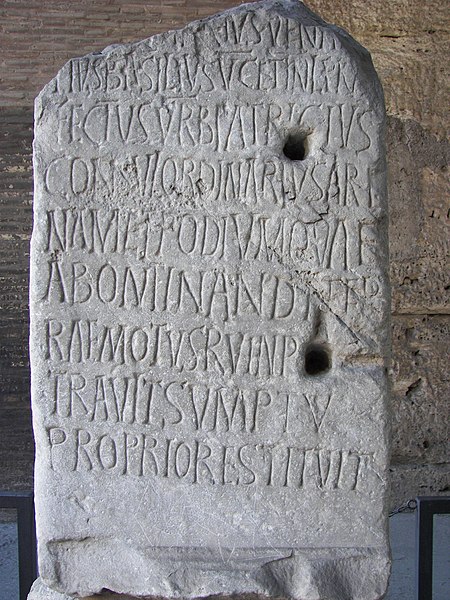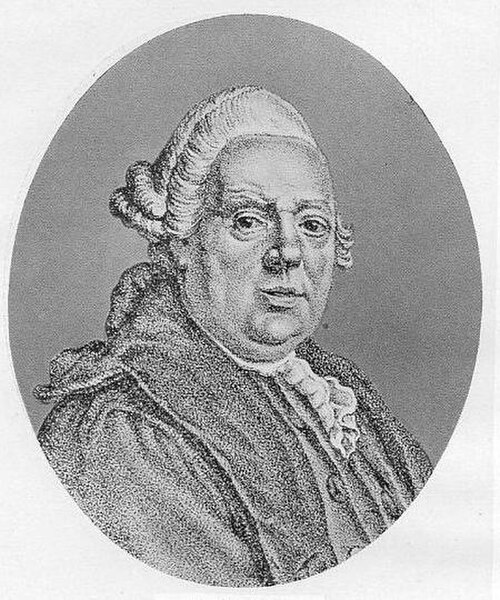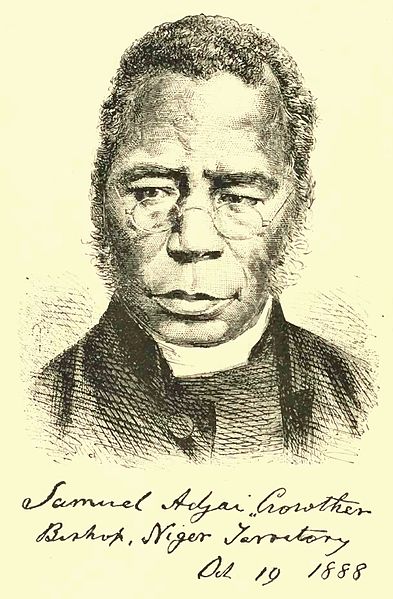Classical Latin is the form of Literary Latin recognized as a literary standard by writers of the late Roman Republic and early Roman Empire. It formed parallel to Vulgar Latin around 75 BC out of Old Latin, and developed by the 3rd century AD into Late Latin. In some later periods, the former was regarded as good or proper Latin; the latter as debased, degenerate, or corrupted. The word Latin is now understood by default to mean "Classical Latin"; for example, modern Latin textbooks almost exclusively teach Classical Latin.
Latin inscription in the Colosseum
David Ruhnken
Wilhelm Sigismund Teuffel
At Maecenas' Reception, oil, Stefan Bakałowicz, 1890. An artist's view of the classical. Maecenas knew and entertained everyone literary in the Golden Age, especially Augustus.
Literary language is the form (register) of a language used when writing in a formal, academic, or particularly polite tone; when speaking or writing in such a tone, it can also be known as formal language. It may be the standardized variety of a language. It can sometimes differ noticeably from the various spoken lects, but the difference between literary and non-literary forms is greater in some languages than in others. If there is a strong divergence between a written form and the spoken vernacular, the language is said to exhibit diglossia.
Samuel Crowther's Yorùbá grammar led to Standard Yoruba becoming a literary language.





